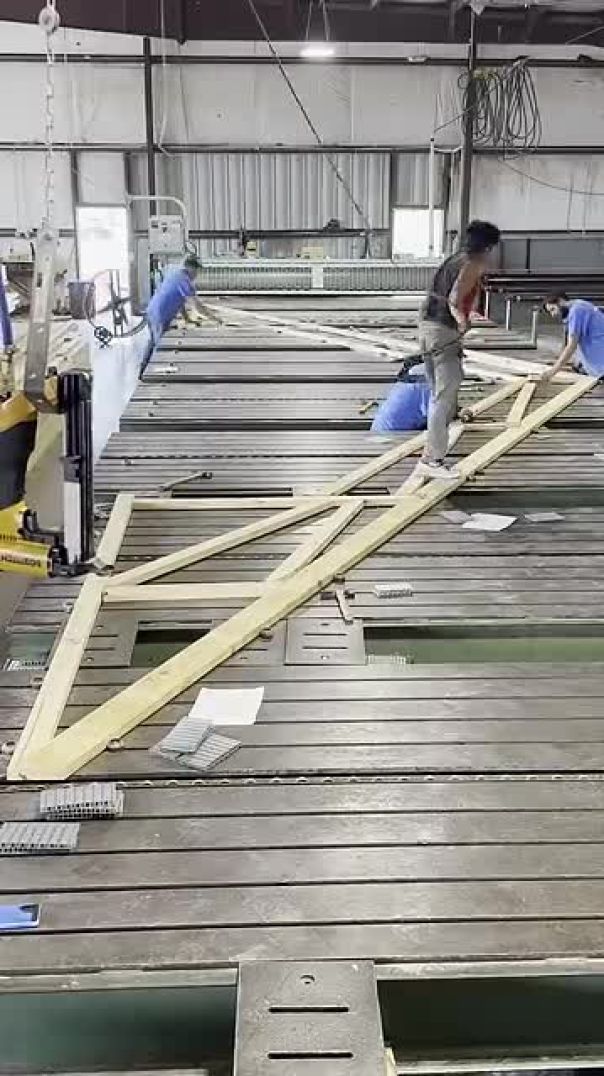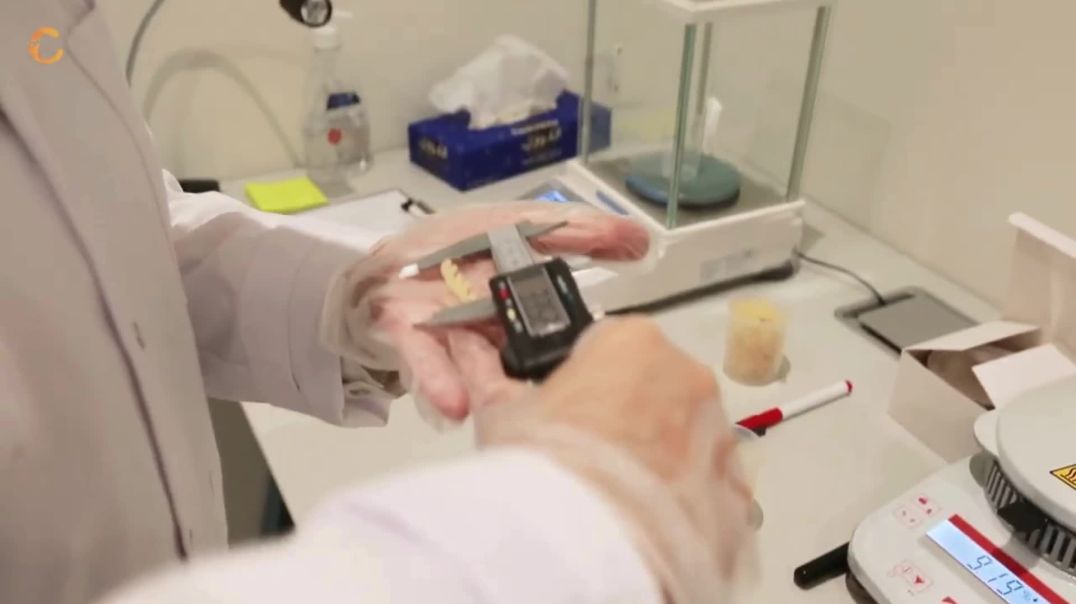204 Views· 21 May 2024
Marble Mining and Manufacturing From a $1 Billion Quarry
The Journey from Quarry to Elegance
Marble, renowned for its timeless beauty and elegance, is a material favored by architects and designers worldwide. The journey of marble from a $1 billion quarry to a finished product is a testament to meticulous craftsmanship and advanced technology. This guide delves into the intricate process of marble mining and manufacturing, highlighting the steps involved and the precision required to transform raw stone into exquisite works of art.
**Step 1: Quarrying the Marble**
**Site Selection and Preparation:**
- **Geological Survey:** Before mining begins, geologists conduct detailed surveys to identify the quality and quantity of marble deposits. The chosen quarry site typically features a high concentration of pure, defect-free marble.
- **Environmental Considerations:** Sustainable practices and environmental impact assessments ensure that mining activities are conducted responsibly, minimizing damage to the surrounding ecosystem.
**Extraction Process:**
- **Drilling and Blasting:** Once the site is prepared, diamond-tipped drills are used to create holes along the marble deposit. Explosives are then strategically placed and detonated to break the marble into manageable blocks.
- **Wire Sawing:** In some quarries, wire saws with diamond-embedded cables are used to cut large blocks of marble from the bedrock. This method is precise and reduces waste.
**Block Handling:**
- **Transportation:** The extracted marble blocks, often weighing several tons, are carefully transported from the quarry to the processing plant using heavy machinery like cranes and specialized trucks.
- **Inspection:** Each block undergoes a thorough inspection to assess quality and determine the best use based on its color, veining, and structural integrity.
**Step 2: Processing the Marble**
**Cutting and Shaping:**
- **Gang Saws:** Large blocks of marble are cut into slabs using gang saws, which consist of multiple parallel blades. This process ensures uniform thickness and maximizes yield.
- **Block Cutters:** For smaller pieces, block cutters are used to achieve precise dimensions required for specific applications.
**Surface Finishing:**
- **Polishing:** The cut marble slabs are polished using a series of abrasive pads that gradually increase in fineness. Polishing enhances the marble's natural luster and reveals its intricate veining patterns.
- **Honing:** For a matte finish, slabs are honed using less abrasive pads, creating a smooth, non-reflective surface that retains the stone's natural appearance.
**Edge Profiling and Customization:**
- **CNC Machines:** Computer Numerical Control (CNC) machines are employed to create intricate edge profiles and custom shapes. These machines offer precision and flexibility, allowing for detailed designs and finishes.
- **Hand Finishing:** Skilled artisans perform final touches, ensuring that each piece meets the highest standards of craftsmanship.
**Step 3: Quality Control and Distribution**
**Inspection and Quality Assurance:**
- **Visual and Structural Checks:** Each slab is meticulously inspected for defects, cracks, and inconsistencies. Both visual and structural assessments ensure that only premium-quality marble proceeds to the next stage.
- **Thickness and Flatness Testing:** Specialized equipment measures the thickness and flatness of the slabs to ensure uniformity and adherence to industry standards.
**Packaging and Shipping:**
**Protective Packaging:** Finished marble slabs are carefully packaged with protective materials to prevent damage during transportation. Wooden crates, foam padding, and moisture-resistant covers are commonly used.
**Global Distribution:** The marble is then shipped to distributors, retailers, and project sites worldwide. Efficient logistics and transportation networks ensure timely delivery and maintain the integrity of the marble.
**Step 4: Installation and Final Use**
**Site Preparation:**
**Surface Preparation:** Before installation, surfaces are prepared to ensure proper adhesion and alignment. This may involve leveling, cleaning, and priming the substrate.
**Layout Planning:** Careful planning and layout design ensure that the marble pieces fit seamlessly and showcase their natural beauty to maximum effect.
**Installation:**
**Adhesive Application:** Specialized adhesives and grouts are used to secure the marble slabs in place. Precision during installation is crucial to avoid gaps and ensure a flawless finish.
**Sealing:** After installation, marble surfaces are sealed to protect against stains, moisture, and wear. This enhances durability and maintains the stone's pristine appearance.
**Conclusion: Crafting Timeless Beauty**
The process of transforming raw marble from a $1 billion quarry into refined architectural elements is a blend of traditional craftsmanship and modern technology. Each step, from extraction to installation, is carried out with precision and care, ensuring that the final product reflects the natural elegance and durability of marble. This journey not only highlights the beauty of the stone but also the expertise and dedication of those who work to bring it from the earth to our homes and public spaces.




























0 Comments